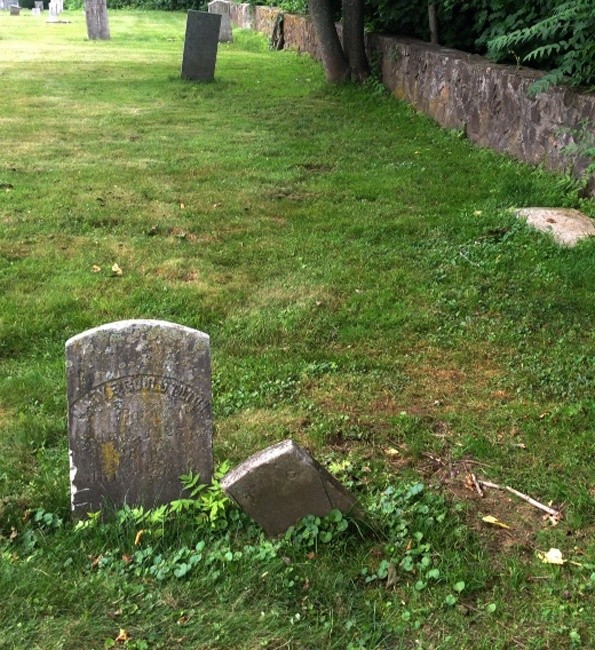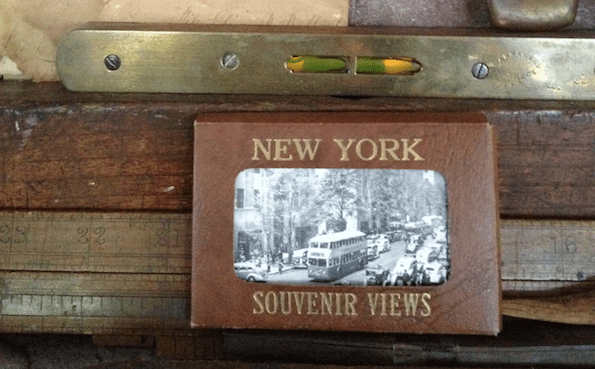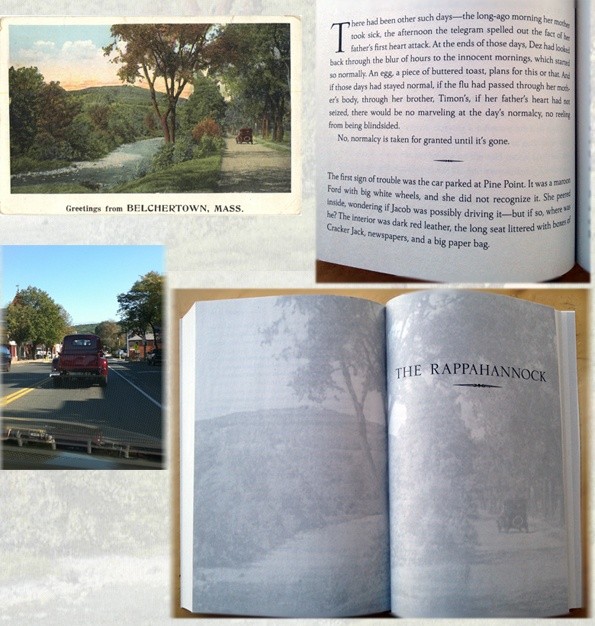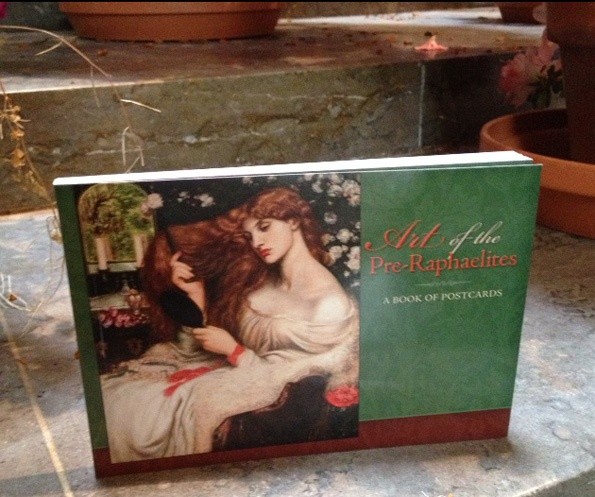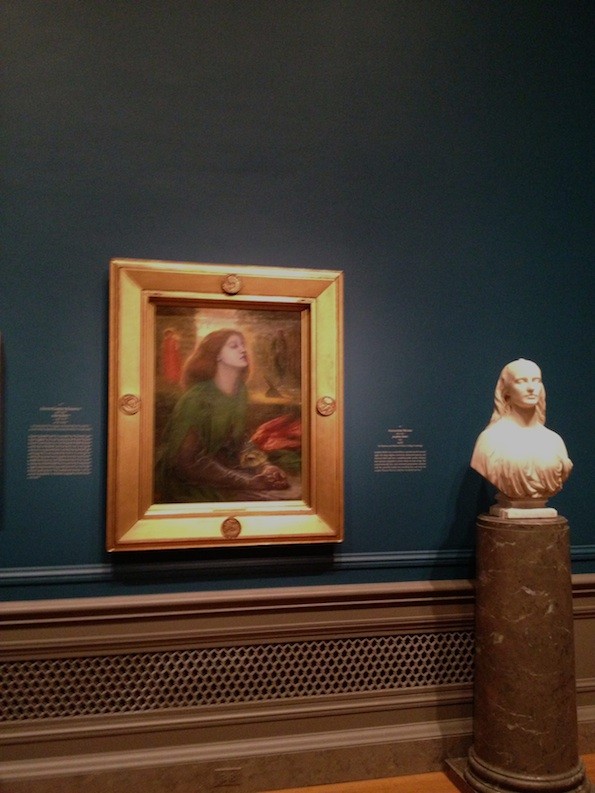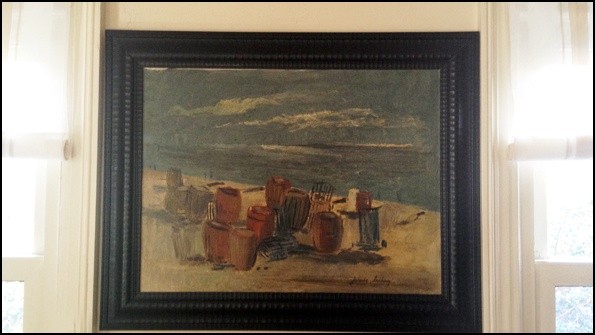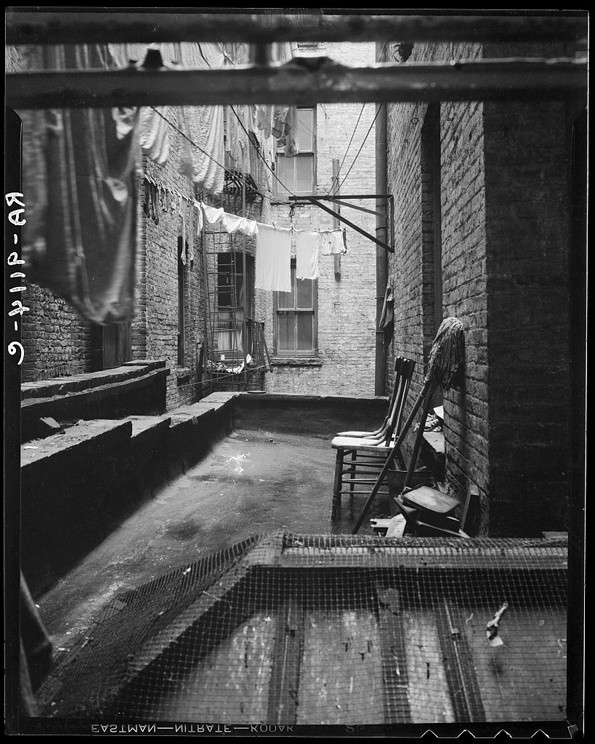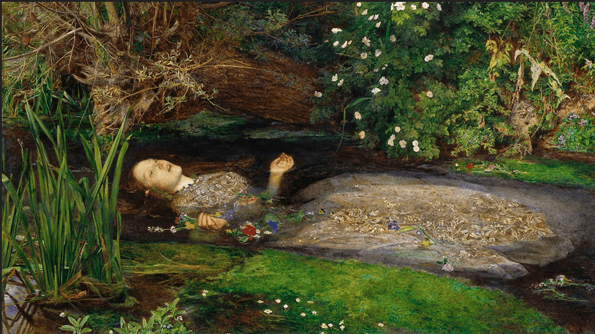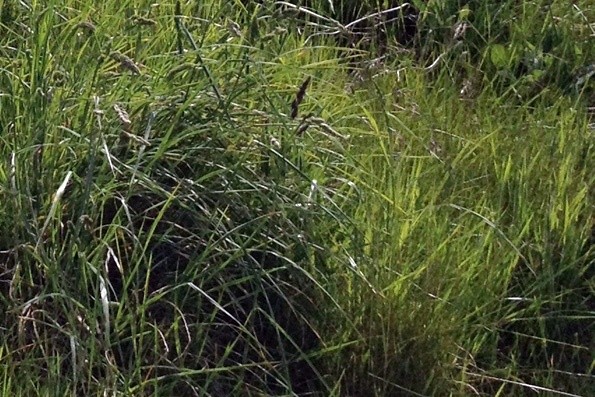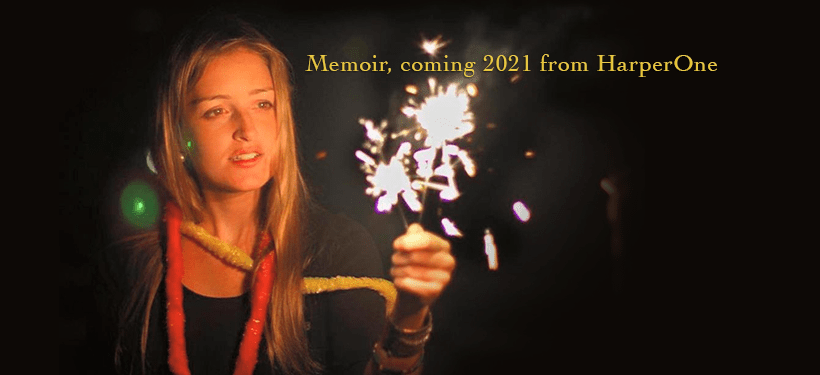 I read a lot of books. I love a lot of books. I love receiving books as gifts. And this year, the experience of publishing my own book has provided me with an enormous and unexpected gift: I’ve connected with so many wonderful, fascinating, funny, supportive, & overwhelmingly generous fellow writers. All of the books on the list below are worthy, good reads, and will appeal to a broad swath of people. Do your friends and family really need that desk organizer, that vanilla candle, that cambray shirt? No, of course not. But what home and heart isn’t warmed by the presence of a book?
I read a lot of books. I love a lot of books. I love receiving books as gifts. And this year, the experience of publishing my own book has provided me with an enormous and unexpected gift: I’ve connected with so many wonderful, fascinating, funny, supportive, & overwhelmingly generous fellow writers. All of the books on the list below are worthy, good reads, and will appeal to a broad swath of people. Do your friends and family really need that desk organizer, that vanilla candle, that cambray shirt? No, of course not. But what home and heart isn’t warmed by the presence of a book?
Let me say this about what’s it been like to publish a labor of love: There’s nothing like it. All through my twenties and early thirties, I worked at soul-squelching corporate writing jobs. During this time, I saw my father die at 59. Then a cerebral aneurysm took my husband’s brother with a single morning headache as warning. Willie was 29 and smitten with his one-year old-daughter, his lovely, pregnant wife, and the son he would never meet. Finally, we saw our only child diagnosed, on her second birthday, with cystic fibrosis, a devastating genetic lung disease. We listened as a team of pulmonologists at Boston’s Children’s Hospital told us they honestly could not provide us with a prognosis. “She might live to see 30,” they said, “or she could be gone by Christmas.” (She’s been a cat with 9 lives–yes, she is still with us.)
What all that taught me, which I was so grateful to learn at that early age, was that life matters, art matters, doing/being matters. I will never write a bad review of any book, or dismiss a painting or a song or a play, because I am just so grateful for the fact that there are people out there who want to create art.
Thanks to everyone who advised, tweeted, mentioned, applauded, purchased, reviewed, and read my book as I jumped into novel publishing with CASCADE. (If I somehow missed you, please forgive me.)
THE TABLE OF CONTENTS
When I was a kid, I liked nothing better than sitting down with a new book of stories.
I would skim the Table of Contents and decide which title appealed most.
I urge you to do the same–who knows what surprise you might find?
Fobbitt, by David Abrams
Veronica’s Nap, by Sharon Bially
The Unfinished Life of Elizabeth B, by Nichole Bernier
Crash, by Carolyn Roy-Bornstein
The River Witch, by Kimberly Brock
The Exceptionals, by Erin Cashman
Echolocation, by Myfanwy Collins
The Foremost Good Fortune, by Susan Conley
The Quilt Walk, by Sandra Dallas
Memoirs of an Imaginary Friend, by Matthew Dicks
The Lake of Dreams, Kim Edwards
The Age of Desire, by Jennie Fields
The Liar’s Diary, by Patry Francis
City of Women, by David Gillham
The Singles, by Meredith Goldstein
Seascape, by Lynne Griffin
Come to the Edge, by Christina Haag
Alice Bliss, by Laura Harrington
Rex and the City, by Lee Harrington
The Whipping Club, by Deborah Henry
Visions of a Wayne Childhood, by DeWitt Henry
Blackberry Winter, by Sarah Jio
Night Swim, by Jessica Keener
The Gift of an Ordinary Day, by Katrina Kenison
Father of the Rain, by Lily King
Friendkeeping, by Julie Klam
The Collective, by Don Lee
Pictures of You, by Caroline Leavitt
Jesse, by Marianne Leone
The Flight of Gemma Hardy, by Margot Livesey
The Baker’s Daughter, by Sarah McCoy
The Murderer’s Daughters, by Randy Susan Meyers
A Good Hard Look, by Ann Napolitano
Deadbeat, by Jay Baron Nicorvo
Cascade, by Maryanne O’Hara
Wouldn’t You Like to Know, by Pamela Painter
Best American Short Stories, edited by Heidi Pitlor
Hemingway’s Girl, by Erika Robuck
Double Time, by Jane Roper
Oleanna, by Julie Rose
The Book of Lost Fragrances, by MJ Rose
The Salt God’s Daughter, by Ilie Ruby
The Art Forger, by BA Shapiro
The Pretty Girl, by Debra Spark
The Light Between Oceans, by M.L. Stedman
The Rules of Civility, by Amor Towles
Game of Secrets, by Dawn Tripp
Clara and Mr. Tiffany, by Susan Vreeland
Remembering the Music, Forgetting the Words, by Kate Whouley
The Probability of Miracles, by Wendy Wunder

